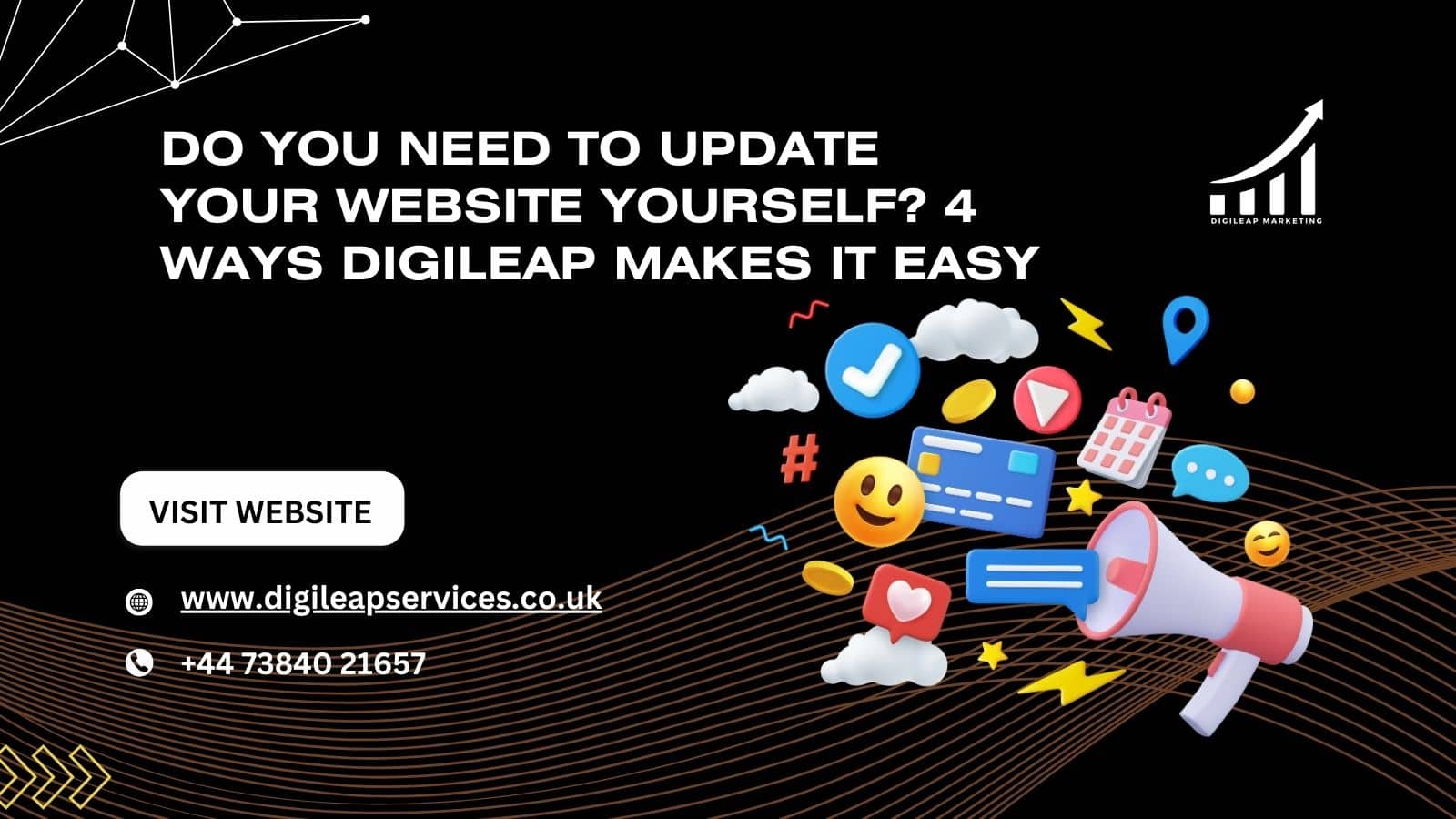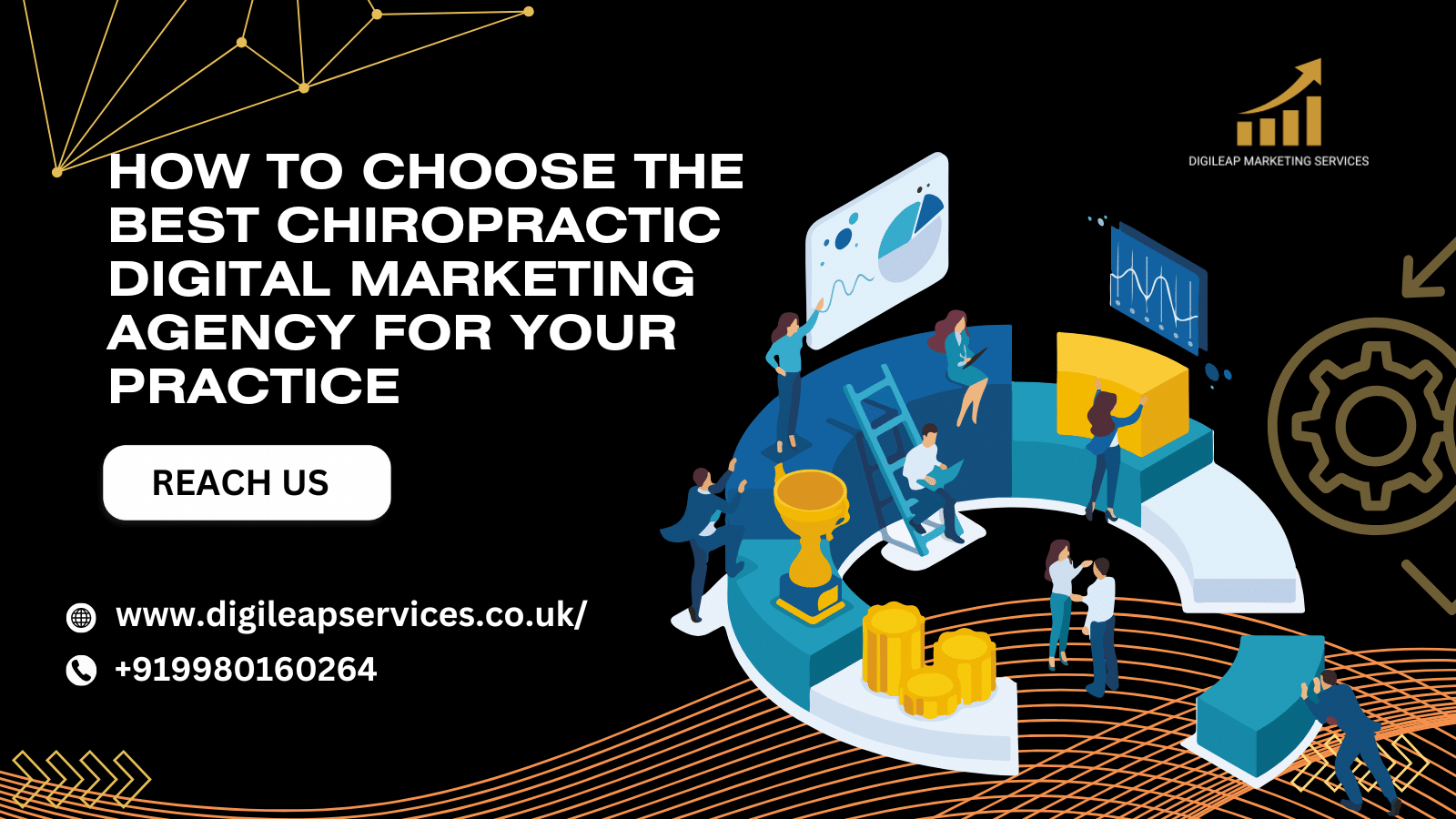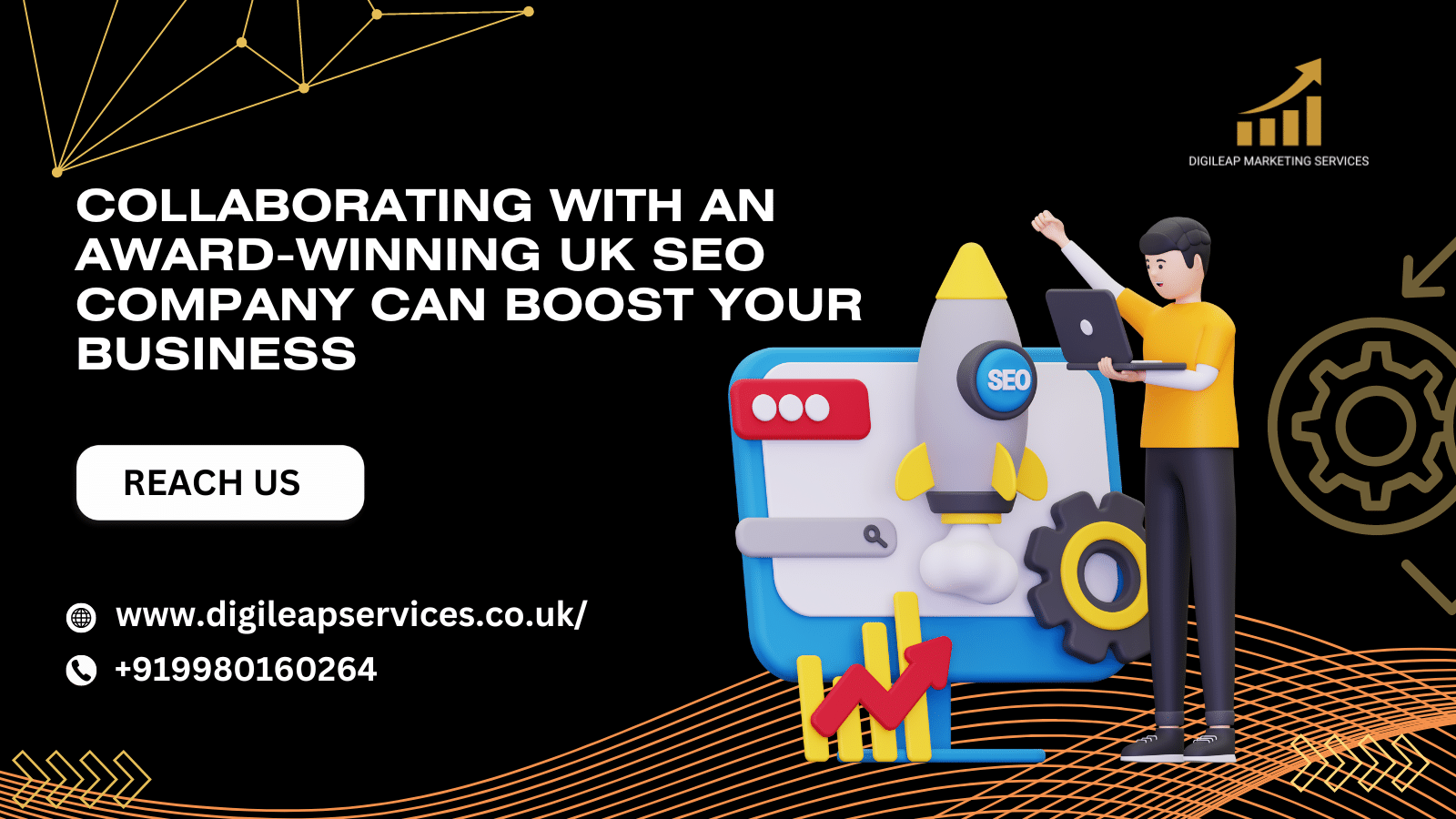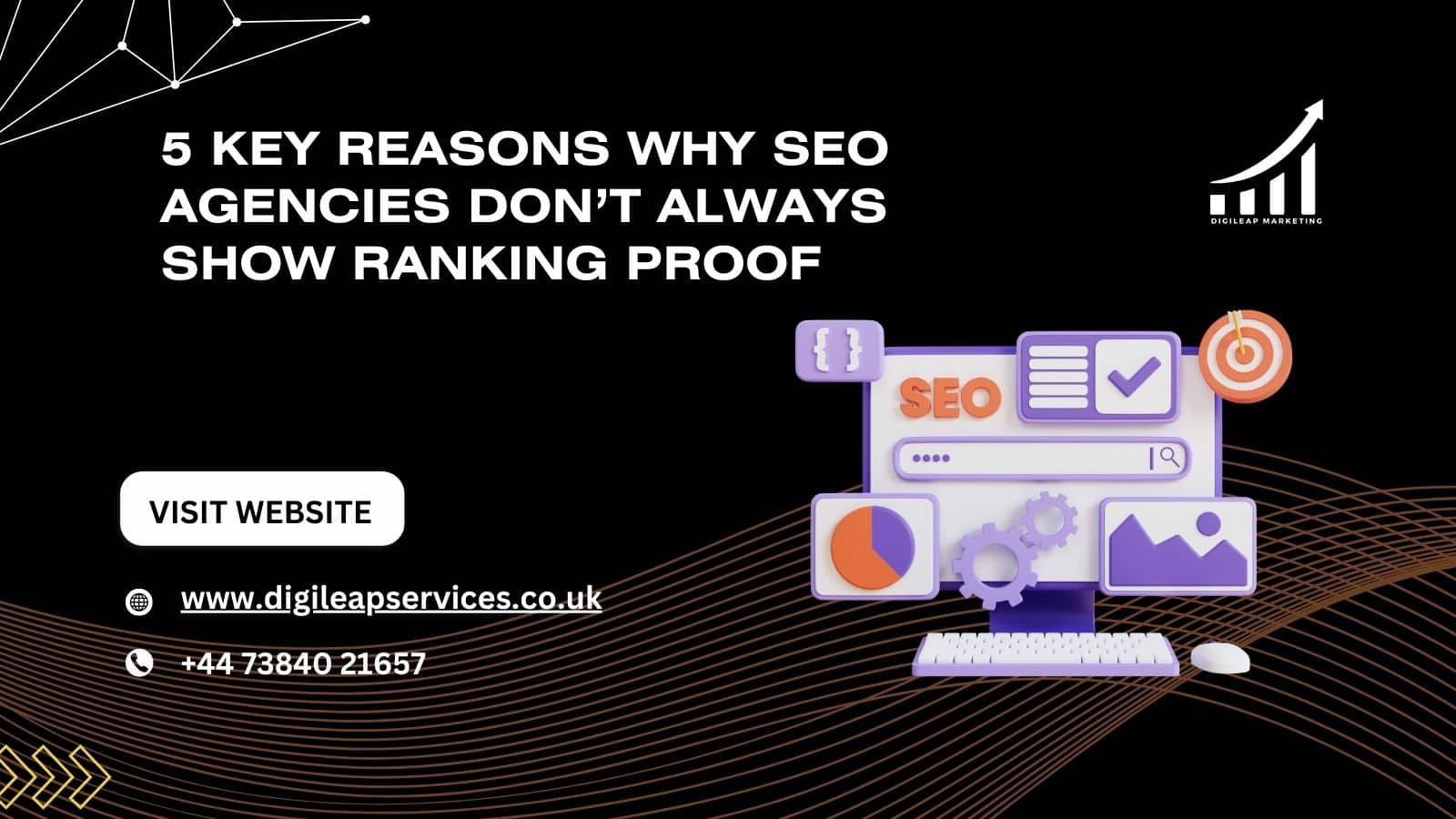10 On-Page SEO Elements That Can Boost Your Website’s Ranking
If you’ve ever pondered how a few websites climb to the beat of Google whereas others get buried on page 10, the answer regularly lies in on-page SEO. These are the procedures and apparatuses you utilize on your site to help assistance look motors get your content—and to help clients adore it too.
Let’s investigate 10 effective on-page SEO components that can genuinely progress your positioning and drive more traffic your way.
1. Title Tags: Your First Impression on Google
Your title tag is the clickable headline that shows up in search results. It’s the primary aspect people see—and it’s additionally what Google uses to understand your page.
To make it work:
- Keep it under 60 characters.
- Put your focus keyword near the beginning.
- Make it enticing—you want people to click it.
Example: Instead of “Home | ABC Plumbing,” try “Expert Plumbing Services in London | ABC Plumbing.”
2. Meta Descriptions That Make People Click
Meta descriptions don’t directly affect rankings, but they do affect click-through rates, and Google notices that.
This summary shows under your title in the search results. Make sure it’s
- Between 150 and 150–160 characters.
- Clear, with a call to action.
- Use your main keywords naturally.
Pro tip: Write meta descriptions like you’re inviting someone to read a story they can’t ignore.
3. Header Tags (H1, H2, H3): Structure and Strategy
Headers are not just for making pages look better. They also help people understand how your content is organised. Search engines use headers to figure out what your page is about and how the sections connect. Clear headers guide visitors through your content and make it easier to read. Using proper headers can improve your site’s ranking and make sure users find the information they need. Properly structured headers are an important part of a good website.
- Use H1 for the main title (only once per page).
- Use H2s for major points, and H3s for details.
- Add relevant keywords into headers when it makes sense.
This also improves readability, which can reduce bounce rates—a bonus for SEO.
Digileap Services recommends creating a hierarchy in your content, like chapters in a book. It helps readers skim easily and stay longer on your site.
4. Keyword Placement: Smart and Natural
Stuffing keywords is outdated. Google is smart. Instead, use natural keyword placement across:
- Title
- Meta description
- Headers
- First 100 words
- Image alt tags
- URL
Also, sprinkle in LSI (Latent Semantic Indexing) keywords—related terms that give your content more depth.
Example: For “digital marketing,” related terms might be “online promotion,” “SEO,” or “content strategy.”
5. Image Optimization: Fast and Findable
Images make a website look better, but they can also slow it down. If your page takes too long to load, visitors will leave. Google notices this, too. Fast loading times are for keeping users and ranking well in search results. Minimize image size without losing quality to help your site load quicker. This keeps visitors happy and improves your chances of appearing higher on search engines.
Here’s how to make images SEO-friendly:
- Use compressed formats (like WebP or JPEG).
- Include descriptive filenames (e.g., “seo-checklist.png”).
- Add alt text with keywords (helps screen readers and Google bots).
- Include captions when relevant.
Optimized images can even appear in Google Image Search, giving you another traffic source.
7. Mobile-Friendliness: Optimize for All Screens
More than 60% of all internet traffic comes from mobile phones and tablets. If your website isn’t easy to use on these devices, it will not rank high in search results. Having a mobile-friendly site is very important for attracting visitors and staying visible online.
What to do:
- Use responsive design.
- Avoid pop-ups that block content.
- Ensure buttons and text are easy to tap and read.
You can check your site’s mobile-friendliness with Google’s Mobile-Friendly Test.
8. Page Load Speed: Faster = Better
Speed affects user experience, bounce rates, and conversion—and Google knows it. A slow site can drop your rankings.
Ways to improve it:
- Compress images.
- Use browser caching.
- Minimize JavaScript and CSS files.
- Choose a fast, secure hosting provider.
Every second saved means fewer bounces and happier users.
9. URL Structure: Clean, Short, and Keyword-Rich
Your URL should tell users and search engines what the page is about. Avoid long strings of numbers or random letters.
Here’s what works:
- Keep it short and simple.
- Use hyphens (not underscores).
- Add your primary keyword.
Bad URL:
www.example.com/page123abc?id=56
Good URL:
www.example.com/seo-checklist
Remember, clean URLs look more professional and are easier to share.
10. High-Quality, Unique Content: Your SEO Backbone
Great content is the best SEO tool. When your content is useful, unique, and well-organized, visitors stay longer, share more, and trust you more.
Your focus should be on solving problems or answering questions clearly.
- Add new ideas instead of just copying what’s already out there.
- Make your writing easy to read and interesting. Use short paragraphs, lists, and images to help.
- Good content makes visitors happy and pleases Google too.
That’s why agencies like Digileap Services see content strategy as a key part of SEO. Without strong content, other efforts won’t work as well.
Wrapping UP
SEO is not one big fix. It’s a set of small, powerful steps that add up. Each part of your page helps show Google and visitors that your site is trustworthy, helpful, and worth ranking.
Focusing on these 10 important on-page SEO Elements or factors helps you build a strong base for long-term success online.
Whether you’re updating a blog post or creating a new landing page, think of SEO as adding value. It’s not just about search engines—people benefit too.
If you want to grow your visibility, attract more visitors, and get better results, think about reaching out to Digileap Services. Their skilled SEO team helps brands across the UK and beyond rise in search rankings and stay there.
TL;DR
Want better Google rankings? Focus on these 10 on-page SEO elements:
- Catchy title tags
- Compelling meta descriptions
- Structured headers (H1, H2, H3)
- Smart keyword placement
- Optimized images
- Internal links
- Mobile responsiveness
- Fast page speed
- Clean URLs
- Valuable, unique content
These building blocks can help your site rank higher, load faster, and convert better.
